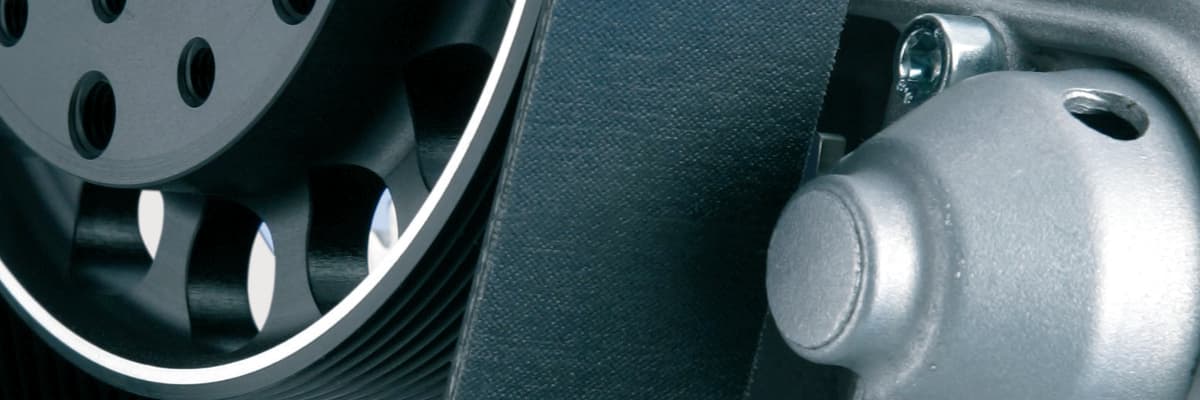What Is the Efficiency of Belt Drives?
One of the great advantages of using drive belts is their ability to transfer power to relatively large axial distances without much loss in performance.
Energy loss during power transfer from the drive to the driven pulley is a negative feature of all drives. It manifests itself by reducing output power and, most notably with the use of V-belts, also generates heat, which has a negative impact on the lifespan of all components.
The energy transfer is evaluated by the efficiency, i.e. the ratio of output energy to that of input: \[\eta = {P_{out} \over P_{in}} = {Mk_{out} \cdot \varphi_{out} \over Mk_{in} \cdot \varphi_{in}} [\%]\] where \(\eta\) is the efficiency, \(P\) is the power, \(Mk\) is the torque and \(\varphi\) is the angular velocity.
The goal is to make the transfer work without losses, that is, the efficiency equals one. However, this can not be achieved in practice. Technical designers are trying to get closest to this value.
Recommendations for Maximum Efficiency, E.g. the Lowest Power Loss
- Precise drive design, appropriate safety factor
- Not to increase unnecessarily the number of belts, respectively the belt width
- Using of modern profiles for high power transmission
- Correct pretensioning, pretension checks
- Operation at the nominal load range


